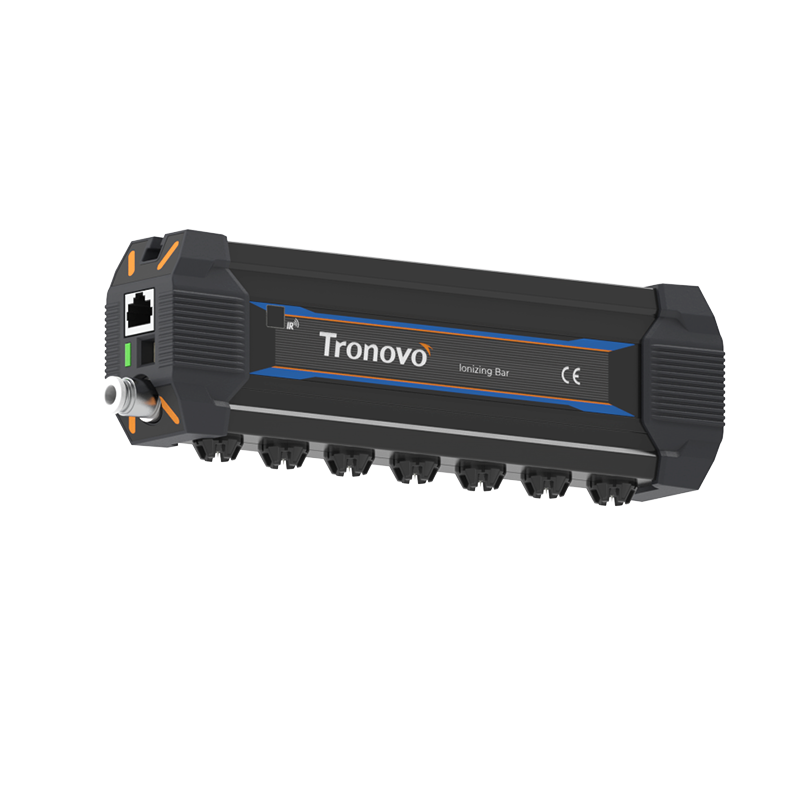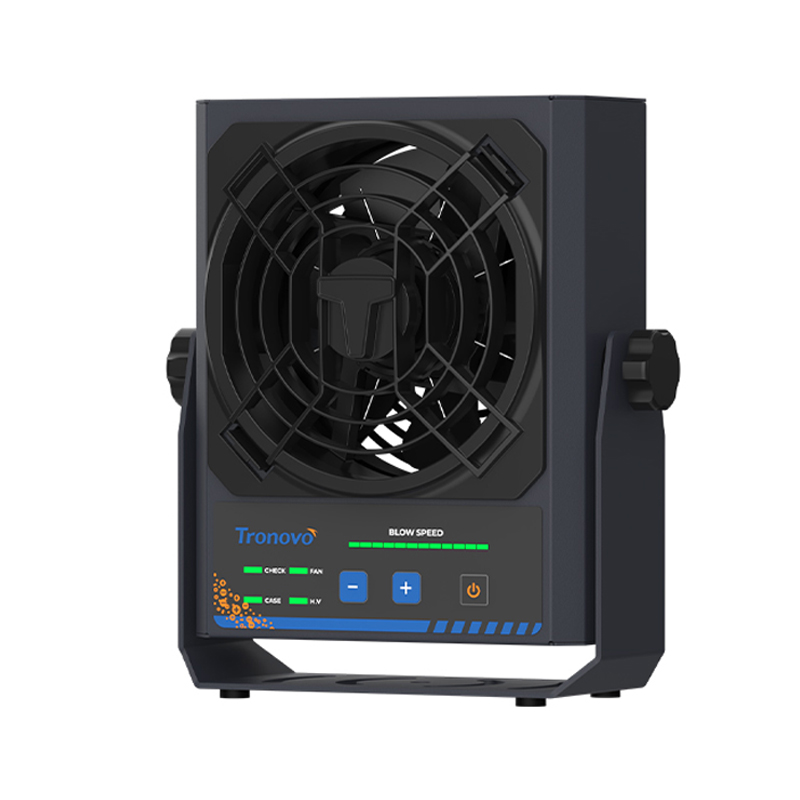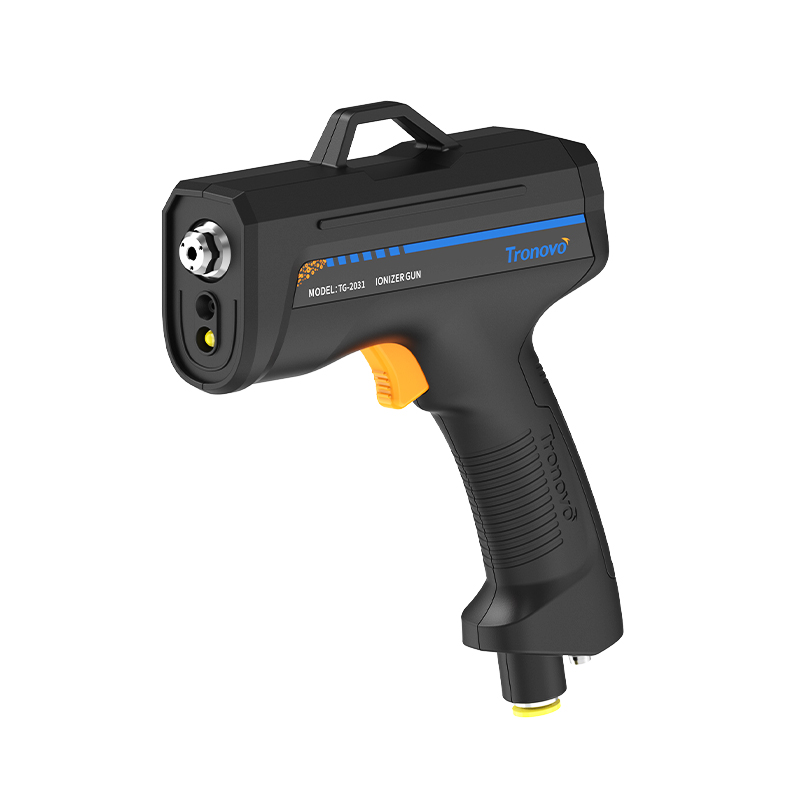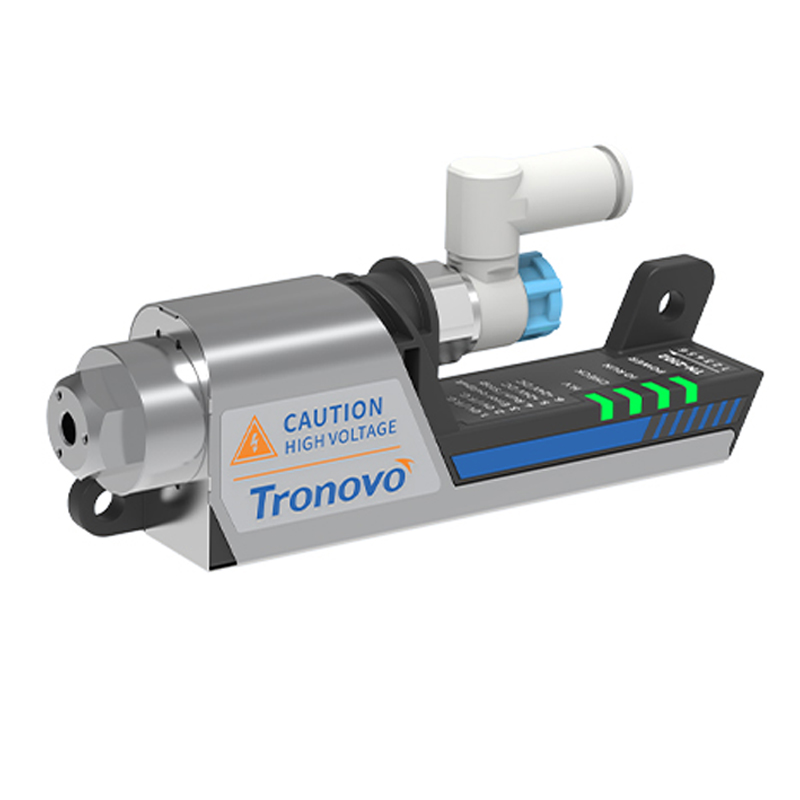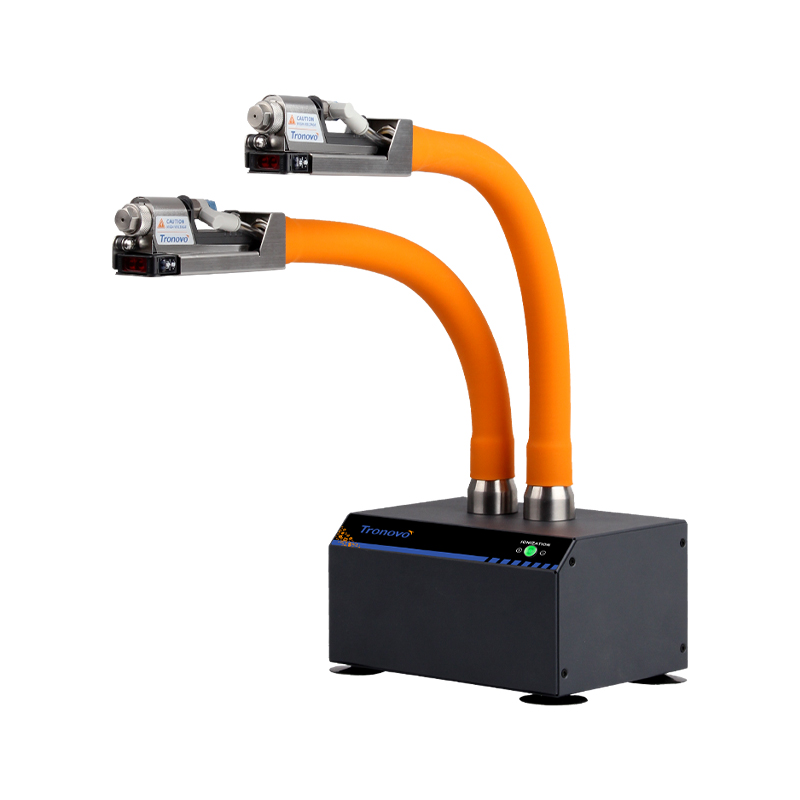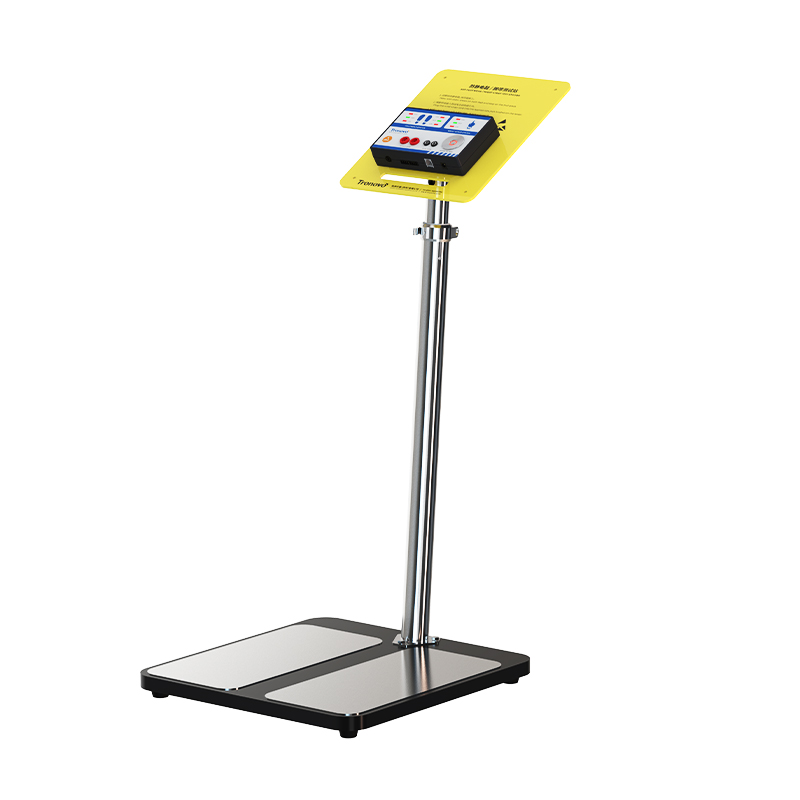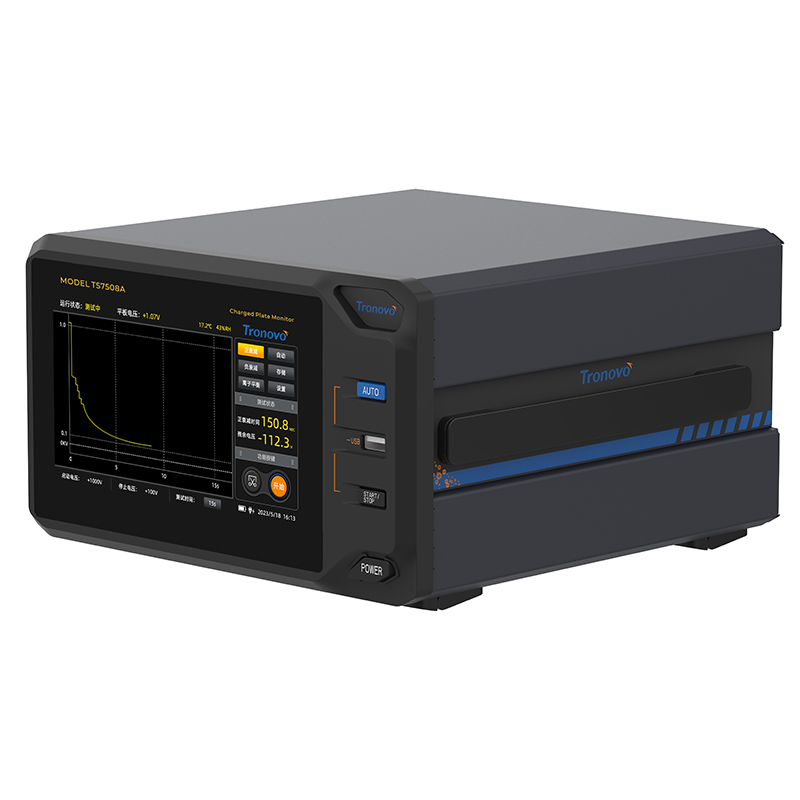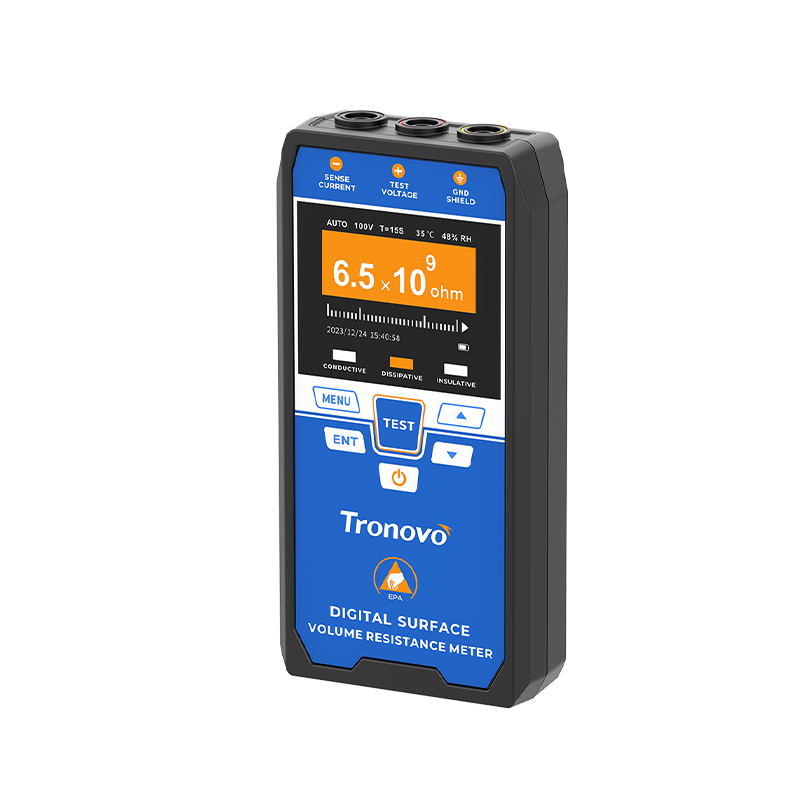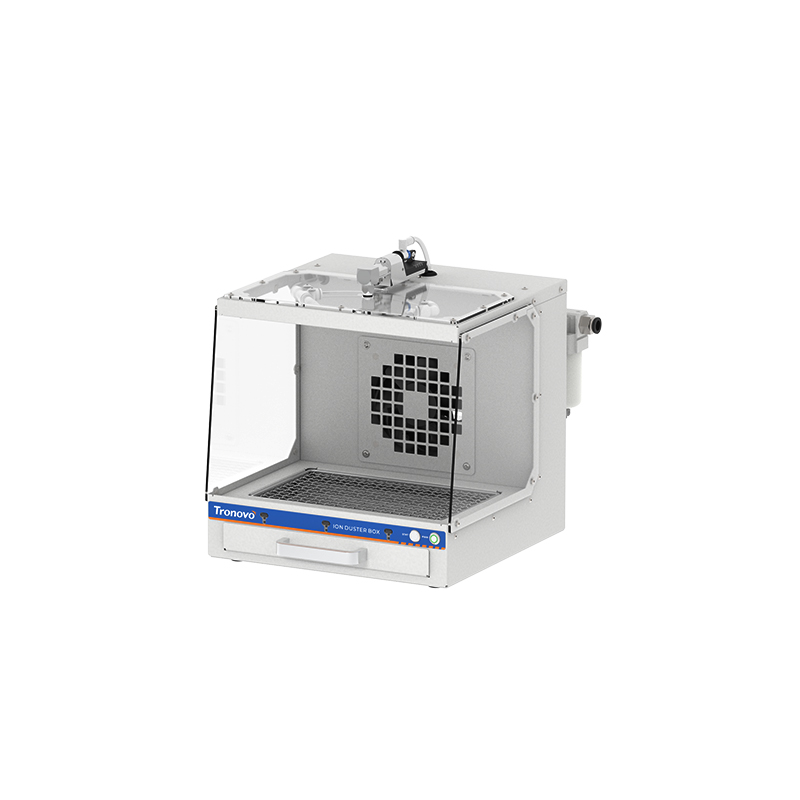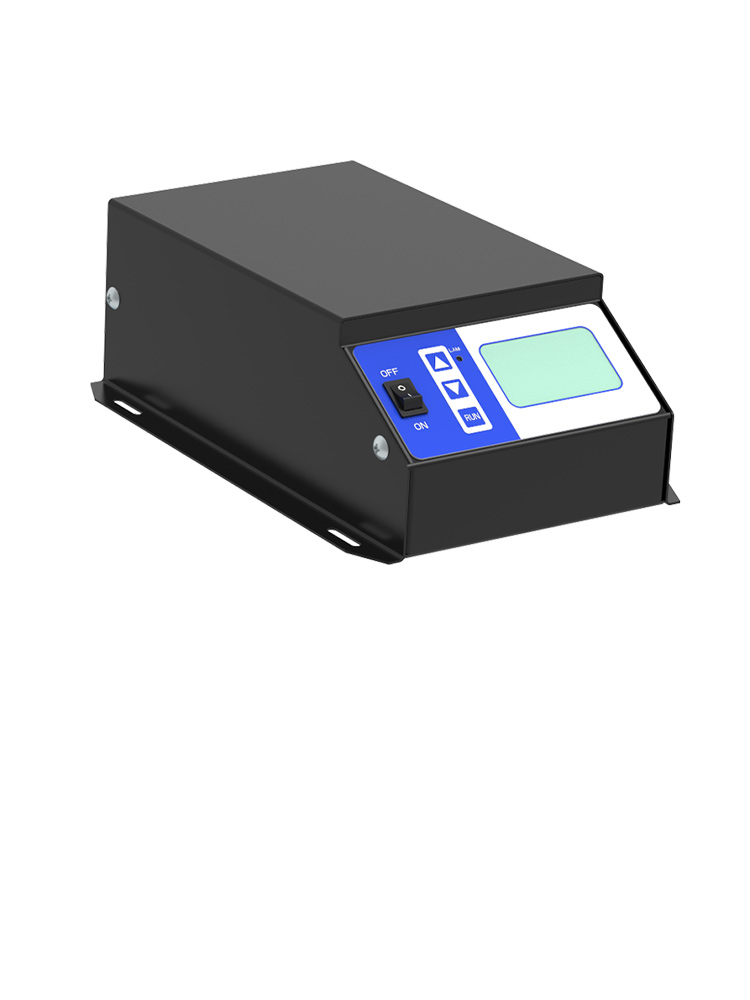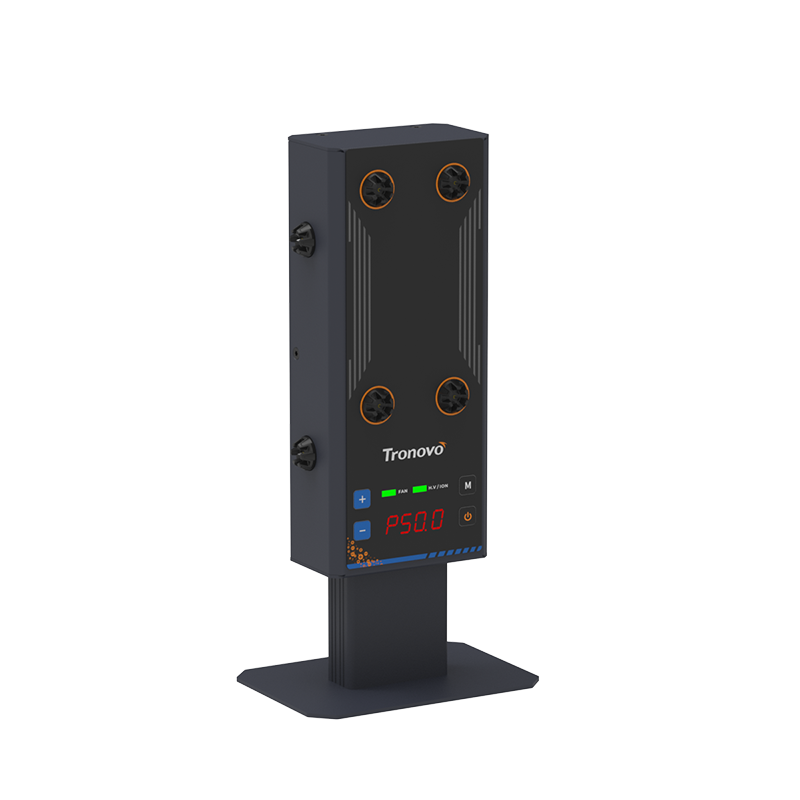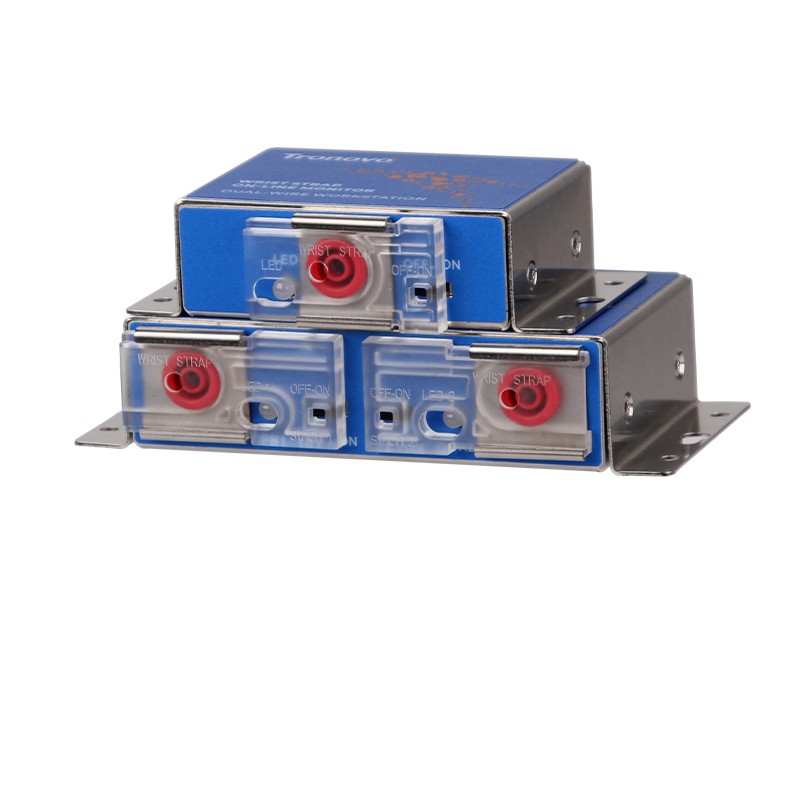Automotive Filter Foam Dust Removal and Static Removal Cases
Through several aspects of understanding, to accurately determine the needs of the customer, designed a use of ionized air rods, automated equipment for automotive filtration nonwoven fabric for electrostatic dust removal, and dust collection. In the design we usually communicate with the user in the following aspects:
Application scenarios: to understand the target user in what scenarios need to use this equipment.
Functional requirements: to understand the target user for the functional requirements of the equipment, such as whether the need for electrostatic dust removal, and dust collection.
Capacity requirements: to understand the target user site air capacity size, in order to determine the equipment consumption of air handling capacity.
Cost requirements: to understand the target user for the equipment price requirements, in order to determine the cost-effectiveness of the equipment.
Other requirements: to understand the target user for the other requirements of the equipment, such as whether the need for remote control.
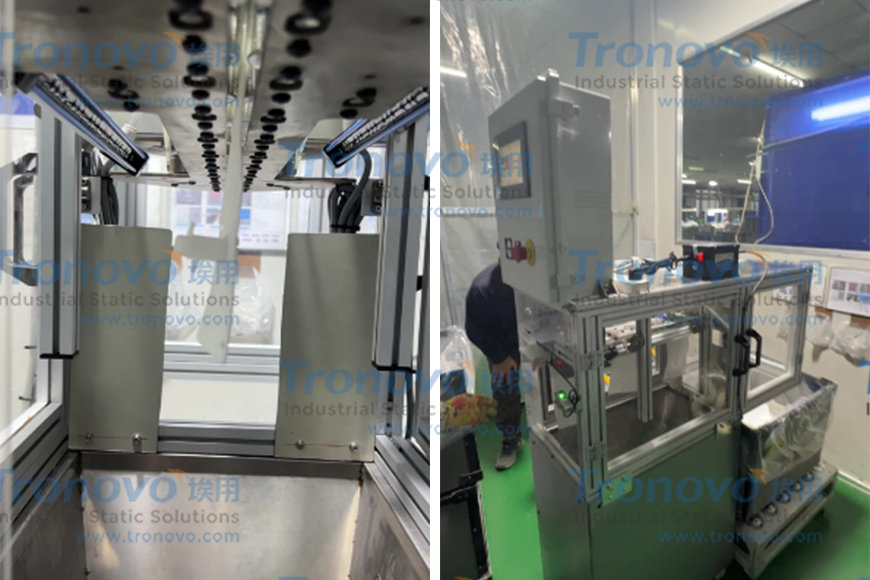
The Problem:
A quality check of filter wool reveals filamentous lint on the surface, which cannot be removed with a vacuum cleaner or ordinary air gun.
The design program is as follows:
1. Ion wind rod selection: choose a suitable for automotive filtration nonwoven electrostatic dust removal of the ion wind rod, this time the selection of TRONOVO / Eyewear, product model TR7152-1000mm.
2. Design the airflow distribution system: the ionizer bar is placed on both sides of the filter nonwoven fabric, so that it can cover the entire filter area. At the same time, the charged ions generated by the ionizing wind rod mix with the airflow to form an ionized wind, which accelerates the movement of dust particles on the filtered nonwoven fabric.
3. Design the dust collection system: Design the dust collection system underneath the filtered nonwoven fabric to draw the ionized dust particles into the dust collector. The dust collector can be a trash can or a filter, which can be chosen according to the user's needs.
4. Design control system: Design a control system to control the operation of the ionizer wand and dust collector. A microcontroller or a control panel can be chosen to accomplish this task. The control system can be set according to the user's needs, such as cleaning the dust collector periodically or adjusting the power of the ionizing air wand.
5. Safety design: During the design process, attention needs to be paid to the safety of the equipment. For example, the ionizing wind rod needs to prevent over-voltage and over-current, and the dust collector needs to prevent overflow and leakage.
6. Assembly and testing: After completing the design, assembly and testing are required. The test needs to check whether the function and performance of the equipment meet the expectation to ensure that the equipment can operate normally.
The above is a brief process of design, the specific implementation of the program can be adjusted and optimized according to user needs.
关键词:埃用静电消除器、汽车过滤无纺布静电消除、耐酸碱过滤棉除尘、离子棒、工业静电消除器、离子风棒、除静电棒、静电消除器、燃油滤清器静电除尘、空气滤清器除尘除静电


